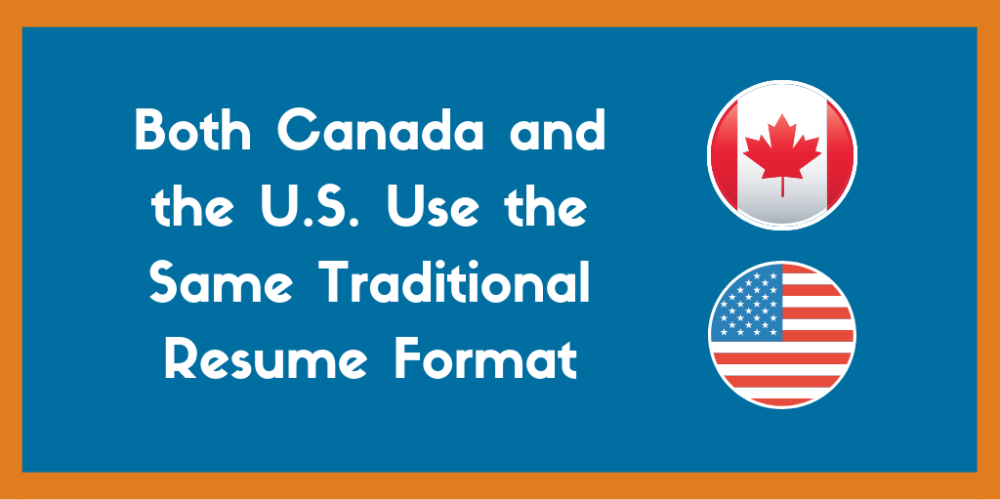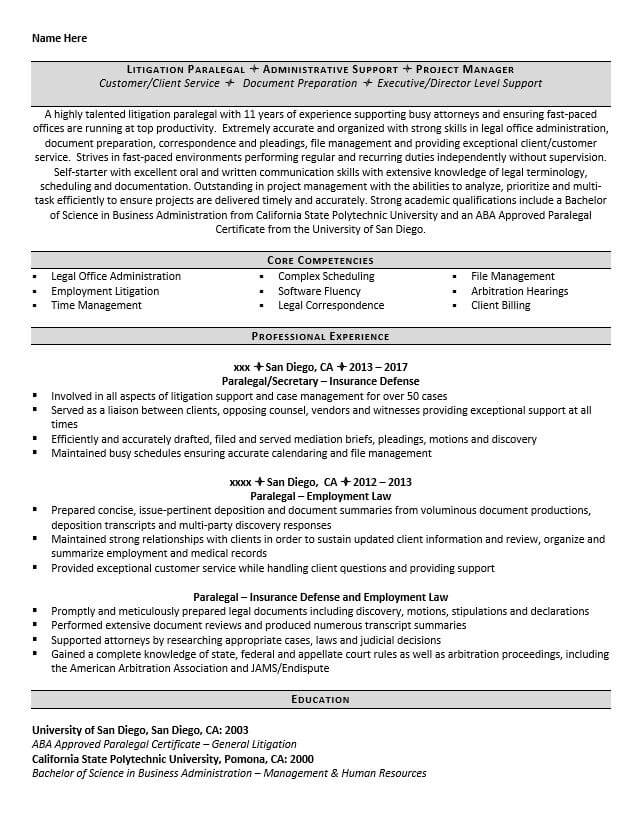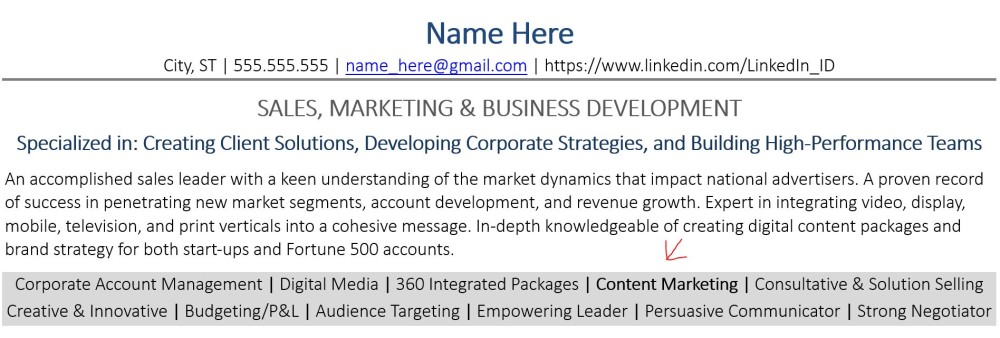Is there a Difference Between U.S. and Canadian Resumes? (+ Examples)
4 min read

Many people are surprised to hear that there are many different types of resume formats. The most popular resume formats are the chronological, functional and hybrid. Many countries use a CV instead of a resume. The two documents are very similar but there are quite a few differences. You can check out our post here on the differences between a resume and CV, but today we're talking about resumes.
Are Canadian Resumes Different from Those Used in the US?
The answer is...no.
Canadians do not use a CV.
There is no difference between how a U.S. or Canadian resume is formatted. They both use the "traditional" resume format. Many Americans think that Canadians use a CV like most other countries, but that's not the case. You can use the same resume whether you're applying for jobs in Canada or the US.

Here is an example of a traditional resume format which is suitable for both the US and Canada.

3 Tips to Keep in Mind When Formatting Your Resume
1. The professional summary
All resumes should include a summary. The summary should be a “hook” that captures the recruiter’s attention and gives a reason to read the rest of the resume. To do that, you should write a resume summary that contains between four and six lines of text that highlight key points that will invite further reading.
Here is an example of a well written summary:
Dynamic and results-driven professional with an accomplished track record of deploying marketing and sales initiatives that consistently achieve client satisfaction, preserve brand integrity, translate product vision, and connect with diverse audiences. Collaborative and energetic leader who infuses modern tools (CRM, SEO, Google AdWords, SalesForce) and emerging technologies into compelling sales and advertising plans that exceed performance goals in high-volume, rapidly-evolving environments. Talented communicator focused on building sustainable relationships with clients, partner networks, and industry influencers. Positive attitude, intuitive business acumen, and analytical mindset used to identify profitable opportunities, define change, and devise unique competitive advantages. Bilingual fluency in English and Spanish.
Like the rest of the resume, the summary should be optimized with keywords, tailored to the job you're applying to, and reflect your career goals.
2. Keywords
Most companies today automatically scan your resume with an ATS (Applicant Tracking System) and you need to ensure your resume is optimized for these scans.
Including keywords throughout your resume is the best way to do that. Look at the job description to see what skills the position requires and include them in a core competencies section of your resume.
Example:

Keyword optimizing your resume is crucial for getting past these ATS systems.
3. Achievements
One of the biggest mistakes job seekers make is focusing on duties rather than achievements. There are an average of 250 applicants for a corporate opening in the U.S. You need to stand out from the competition and the best way to do that is by focusing on achievements. Show the hiring manager how you went above and beyond what was expected.
Example of a good achievement-focused bullet point:
Recruited to construct a new sales program from the ground up that immediately met first-quarter goals and surpassed targets 4-13% in succeeding quarters.
Summary
The format of a resume is the same for the US and Canada, because the hiring process is essentially the same. Other parts of the world usually require a CV which is somewhat different from a resume.
Use clear sections like a professional summary, experience, and education. Optimize each section with keywords from the job post so you pass an ATS scan. Focus on your accheivements.
For more resume and career advice, head over to Quora.
Best of luck with your job search!
Written by
ZipJob Team
The ZipJob team is made up of professional writers located across the USA and Canada with backgrounds in HR, recruiting, career coaching, job placement, and professional writing.
